Home>diy>Building & Construction>What Is A Trimmer Stud In Construction
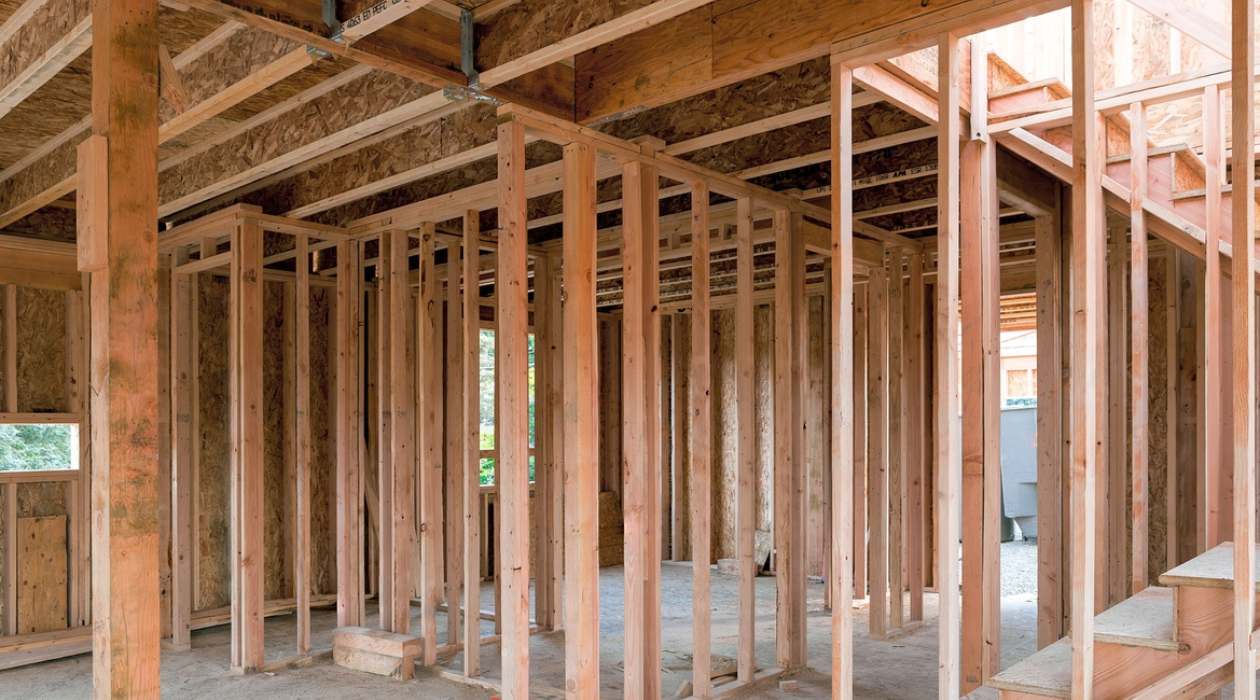

Building & Construction
What Is A Trimmer Stud In Construction
Modified: October 28, 2024
Learn about the importance of trimmer studs in building construction and how they provide structural support. Discover their role in framing door and window openings.
(Many of the links in this article redirect to a specific reviewed product. Your purchase of these products through affiliate links helps to generate commission for Storables.com, at no extra cost. Learn more)
Introduction
Welcome to the world of construction, where every structure is meticulously planned and built to last. In the realm of building construction, there are various components and techniques that play a vital role in creating a safe and sturdy structure. One such component is the trimmer stud.
In this article, we will delve into the definition, purpose, types, installation, importance, common mistakes, and advantages and disadvantages of trimmer studs. Whether you are a construction professional or someone interested in understanding the intricacies of building construction, this article will provide you with comprehensive insights into the world of trimmer studs.
Key Takeaways:
- Trimmer studs are essential for maintaining structural integrity, load distribution, and alignment of framed openings in building construction. Proper installation and material selection are crucial for long-term stability and compliance with building codes.
- Understanding the advantages, disadvantages, and common mistakes related to trimmer studs is vital for ensuring their optimal performance and longevity. Regular inspections, maintenance, and adherence to best practices are key to successful construction projects.
Read more: What Is A Stud In Construction
Definition of a Trimmer Stud
A trimmer stud is a vertical structural member that serves as a support within a framed opening, such as a window or door, in a building’s wall. It is typically placed on either side of the opening, parallel to the wall studs, and provides added strength and stability to the surrounding structure.
Trimmer studs are usually made of wood or metal and can vary in size and thickness depending on the specific requirements of the construction project. They are designed to bear the weight of the header, which is the horizontal element that spans across the top of the opening, and distribute the load evenly to the surrounding wall studs and foundation.
The purpose of a trimmer stud is to transfer the weight and load from the header to the foundation, ensuring that the structural integrity of the building is maintained. By providing additional support, trimmer studs help to prevent sagging or bowing of the wall and ensure that the opening remains properly aligned and functional.
Trimmer studs are an essential component in building construction, as they contribute to the overall stability and strength of the structure. They play a crucial role in evenly distributing the load and preventing any structural deformation or failure.
Purpose of Trimmer Studs in Construction
Trimmer studs serve several important purposes in construction projects. Their primary function is to provide structural support and stability to framed openings in walls, such as windows and doors. Let’s explore their purposes in more detail:
1. Load Bearing: Trimmer studs are designed to bear the weight of the header, which in turn supports the weight of the structure above it. They help distribute the load evenly to the surrounding wall studs and foundation, ensuring the integrity of the building’s structure.
2. Alignment: Trimmer studs play a crucial role in keeping the wall framing properly aligned. They help maintain the dimensions and proportions of the framed opening, ensuring that it remains straight and level.
3. Support for Framed Openings: Without trimmer studs, framed openings in walls would lack the necessary support, leading to instability and potential structural damage. Trimmer studs provide the necessary reinforcement to prevent sagging, bowing, or collapse of the framed opening.
4. Attachment of Finishing Materials: Trimmer studs also provide a solid foundation for attaching finishing materials, such as drywall, paneling, or trim, around the framed opening. This ensures a neat and aesthetically pleasing appearance while maintaining the structural integrity of the opening.
5. Soundproofing and Insulation: Trimmer studs can also contribute to soundproofing and insulation properties of a building. By adding additional layers of insulation or soundproofing material around the trimmer studs, noise transmission can be minimized, resulting in a more comfortable and peaceful indoor environment.
Overall, trimmer studs play a crucial role in ensuring the stability, alignment, and functionality of framed openings in walls. Their presence is essential for maintaining the structural integrity of the building and providing a solid foundation for attaching finishing materials. Without trimmer studs, the overall strength and stability of the structure would be compromised, leading to potential issues and safety hazards.
Types of Trimmer Studs
Trimmer studs come in various types, each designed to cater to specific construction requirements. Here are some common types of trimmer studs:
- Wooden Trimmer Studs: Wood is a popular material choice for trimmer studs due to its versatility and ease of use. Common types of wood used for trimmer studs include Douglas fir, pine, and spruce. Wooden trimmer studs are known for their strength and durability, making them suitable for various construction applications.
- Metal Trimmer Studs: Metal trimmer studs, often made of steel, are gaining popularity due to their excellent load-bearing capacity and resistance to moisture, pests, and fire. They offer superior strength and durability, making them a preferred choice for commercial buildings or structures with specific code requirements.
- Engineered Wood Trimmer Studs: Engineered wood products, such as laminated veneer lumber (LVL) or oriented strand board (OSB), have also been used as trimmer studs. These types of trimmer studs offer enhanced strength, stability, and resistance to warping or shrinking compared to traditional solid wood studs.
- Composite Trimmer Studs: Composite trimmer studs are a combination of different materials, such as wood and plastic, which provide increased strength and resistance to decay, termites, and other pests. These trimmer studs are lightweight and offer excellent dimensional stability.
- Masonry Trimmer Studs: In masonry construction, where the walls are made of brick or block, masonry trimmer studs are used to support the header in framed openings. These studs are typically made of reinforced concrete or steel and provide strong support and stability.
The choice of trimmer stud type depends on factors such as the load-bearing requirements, environmental conditions, building codes, and budget. It is important to consult with a structural engineer or construction professional to determine the appropriate type of trimmer stud for your specific construction project.
By understanding the different types of trimmer studs available, you can make informed decisions and select the most suitable option to ensure the stability and longevity of your building’s framed openings.
Installation of Trimmer Studs
Proper installation of trimmer studs is crucial to ensure the structural integrity and stability of framed openings. Here is a step-by-step guide on how to install trimmer studs:
- Measure and Mark: Begin by measuring and marking the location of the framed opening on the wall. Use a level and tape measure to ensure accuracy.
- Cut the Studs: Cut the trimmer studs to the appropriate length, accounting for the height of the framed opening plus the thickness of the header.
- Position the Studs: Place the trimmer studs horizontally on either side of the framed opening. Make sure they are aligned with the marks on the wall.
- Secure the Studs: Use nails, screws, or appropriate fasteners to secure the trimmer studs to the adjacent wall studs. Ensure a secure and flush connection to provide maximum strength.
- Check for Levelness: Use a level to check that the trimmer studs are level vertically and horizontally. Make any necessary adjustments to ensure proper alignment.
- Attach the Header: Once the trimmer studs are in place, install the header above the framed opening. The header should be securely attached to the trimmer studs using nails or appropriate connectors.
- Check for Plumbness: Use a plumb bob or level to check that the trimmer studs are plumb. Adjust if necessary to ensure that the framed opening is straight and properly aligned.
- Secure the Header: Add additional fasteners or connectors to secure the header to the trimmer studs, ensuring a robust and stable connection.
- Reinforce if Required: In some cases, additional reinforcement, such as metal brackets or strapping, may be necessary to provide extra support and stability to the trimmer studs and header.
- Inspect and Test: Once the installation is complete, inspect the trimmer studs and framed opening to ensure that everything is secure, aligned, and structurally sound. Test the functionality of the opening to ensure proper operation.
It is important to follow local building codes and regulations, as well as manufacturer guidelines, when installing trimmer studs. If you are not familiar with construction practices or lack the necessary skills, it is recommended to hire a professional contractor or carpenter to ensure proper installation and adherence to safety standards.
By following these installation steps and taking necessary precautions, you can ensure that the trimmer studs are securely installed, providing the necessary support and stability for framed openings in your building.
Read more: What Size Trimmer Line For Ryobi 40V
Importance of Properly Installed Trimmer Studs
The proper installation of trimmer studs is of utmost importance in building construction. Here are key reasons why properly installed trimmer studs are crucial:
Structural Stability: Trimmer studs are essential for maintaining the structural stability of framed openings in walls. When installed correctly, they provide the necessary support and reinforcement to distribute the weight and load from the header. This prevents sagging, bowing, or collapse of the opening, ensuring the overall integrity of the building.
Load Distribution: Properly installed trimmer studs evenly distribute the weight and load from the header to the surrounding wall studs and foundation. This ensures that the structural elements of the building are primed to handle the intended load-bearing requirements.
Prevention of Damage: A properly installed trimmer stud system helps prevent damage to the surrounding walls and materials. By supporting the framed opening, it minimizes the risk of cracks, shifting, or other structural issues that could compromise the integrity of the building over time.
Enhanced Safety: Properly installed trimmer studs enhance the safety of the building and its occupants. They ensure that windows and doors operate smoothly, reducing the risk of accidents such as binding, sticking, or falling objects.
Compliance with Building Codes: Adhering to proper installation practices for trimmer studs is imperative to meet building codes and regulations. Building codes provide guidelines to ensure the safety and structural integrity of buildings. Proper installation ensures compliance and avoids potential legal or regulatory issues down the line.
Long-Term Durability: When trimmer studs are installed correctly, they contribute to the long-term durability of the building. They provide the necessary stability and support to withstand the tests of time, ensuring the longevity of the structure.
Easier Finishing: Properly installed trimmer studs create a solid foundation for attaching finishing materials, such as drywall or trim, around the framed opening. This facilitates an easier and smoother finishing process, resulting in a clean and professional appearance.
Overall, the importance of properly installed trimmer studs cannot be overstated. They play a vital role in maintaining the structural stability, load distribution, safety, and longevity of a building. By ensuring correct installation practices, you can safeguard the integrity of your construction project and ensure its compliance with codes and regulations.
When using a trimmer stud in construction, make sure it is properly positioned and securely fastened to provide additional support for headers and other structural elements. Always follow building codes and manufacturer’s guidelines for installation.
Common Mistakes to Avoid When Using Trimmer Studs
When working with trimmer studs in construction projects, it is important to be aware of common mistakes that can compromise their effectiveness and the overall integrity of the structure. By avoiding these mistakes, you can ensure the proper installation and usage of trimmer studs. Here are some common mistakes to avoid:
1. Incorrect Sizing: One of the most common mistakes is using trimmer studs that are not properly sized for the load-bearing requirements of the framed opening. It is essential to consult engineering or structural guidelines to determine the appropriate size and thickness of the trimmer studs based on the design and intended load.
2. Poor Fastening: Inadequate or improper fastening of trimmer studs can lead to instability and compromised structural integrity. It is crucial to use the right type and size of fasteners, such as nails or screws, and ensure they are securely attached to the adjacent wall studs and header.
3. Lack of Levelness and Plumbness: Failing to ensure proper levelness and plumbness of the trimmer studs can result in misaligned framed openings. Using a level and plumb bob during installation is critical to ensure that the trimmer studs are vertical and horizontal, avoiding any distortions or misalignments.
4. Failure to Check Tolerances: Ignoring tolerances and measurements during trimmer stud installation can lead to problems. It is essential to double-check all dimensions and ensure that the trimmer studs and header fit properly within the framed opening without any binding or misfit.
5. Insufficient Reinforcement: Overlooking the need for additional reinforcement, such as metal brackets or strapping, can weaken the integrity of the trimmer studs. Proper reinforcement should be added to provide extra strength and stability, especially in cases where heavy loads or severe environmental conditions are anticipated.
6. Inadequate Fire Protection: Neglecting fire protection measures for wooden trimmer studs can put the building at risk. Applying fire-resistant coatings or using fire-rated materials can help enhance the fire resistance of the trimmer studs and reduce the spread of flames.
7. Neglecting Moisture Protection: Failing to address moisture protection can lead to rot, decay, or insect damage of wooden trimmer studs. Properly sealing and treating the trimmer studs with appropriate moisture barriers or preservatives is essential to prevent moisture-related issues.
8. Lack of Regular Inspection: Once trimmer studs are installed, it is important to have regular inspections to check for any signs of damage, movement, or wear over time. Regular maintenance and timely repairs are crucial to ensure the long-term effectiveness and stability of the trimmer studs.
By being aware of these common mistakes and taking proactive measures to avoid them, you can ensure the optimal performance and longevity of trimmer studs in your construction projects. Adhering to best practices and seeking professional guidance when needed can help prevent potential issues and contribute to the overall success of the building construction.
Advantages and Disadvantages of Trimmer Studs
Trimmer studs are an integral component of building construction, offering several advantages and a few disadvantages. Understanding both sides can help you make informed decisions during the construction process. Here are the key advantages and disadvantages of trimmer studs:
Advantages:
- Structural Support: Trimmer studs provide crucial structural support and stability to framed openings in walls, ensuring the overall integrity of the building.
- Load Distribution: Properly installed trimmer studs evenly distribute the weight and load from the header, preventing sagging or collapse of the framed opening.
- Versatility: Trimmer studs are available in various materials, such as wood, metal, and engineered wood, offering flexibility and suitability for different construction requirements.
- Aesthetics: Trimmer studs create a clean and finished look around the framed opening, allowing for easy attachment of finishing materials like drywall or trim.
- Durability: When installed correctly and maintained properly, trimmer studs can contribute to the long-term durability and stability of the building.
- Compliance with Building Codes: Trimmed studs, when installed according to building codes and regulations, ensure compliance with safety standards.
Read more: What Size Studs For Interior Walls
Disadvantages:
- Moisture and Pest Damage: Inadequate moisture protection or untreated wooden trimmer studs can be susceptible to rot, decay, or pest infestation.
- Fire Hazard: Wooden trimmer studs can pose a fire hazard if not properly protected with fire-resistant coatings or fire-rated materials.
- Installation Complexity: Improper installation or lack of professional expertise can lead to errors and compromises in the effectiveness of trimmer studs.
- Cost: Depending on the material and construction requirements, trimmer studs can contribute to the overall cost of the construction project.
- Maintenance: Regular inspections and maintenance are required to ensure the continued performance and stability of trimmer studs throughout the life of the building.
It is important to consider these advantages and disadvantages in the context of your specific construction project. Consulting with professionals, following building codes, and selecting the appropriate materials can help mitigate potential disadvantages and maximize the benefits of trimmer studs.
Overall, trimmer studs play a crucial role in providing structural support, load distribution, and aesthetic appeal. With proper installation, maintenance, and adherence to safety measures, trimmer studs can significantly contribute to the stability, longevity, and functionality of a building’s framed openings.
Conclusion
Trimmer studs are vital components in building construction, providing essential support and stability to framed openings in walls. Understanding their definition, purpose, types, installation process, and common mistakes to avoid is crucial for a successful construction project.
Properly installed trimmer studs distribute the load from the header, maintain structural integrity, and ensure the longevity of the building. They play a significant role in evenly distributing weight, preventing sagging or collapse of framed openings and keeping the structure aligned and functional.
It is important to choose the right type of trimmer studs based on load-bearing requirements, environmental conditions, and budget. Consulting with professionals and adhering to building codes and regulations is essential to ensure the safe and effective installation of trimmer studs.
While trimmer studs offer numerous advantages, including structural support, load distribution, versatility, and compliance with building codes, it is important to be aware of potential disadvantages, such as moisture and fire hazards, installation complexity, and maintenance requirements.
To ensure the optimal performance of trimmer studs, regular inspections, maintenance, and proper material selection are necessary. By avoiding common mistakes and following best practices, you can enhance the stability, durability, and overall functionality of your building’s framed openings.
In conclusion, trimmer studs are indispensable elements in building construction. They provide support, stability, and load distribution to framed openings, contributing to the overall strength and functionality of the structure. By understanding their importance, correctly installing them, and addressing maintenance needs, you can ensure the long-term success and safety of your construction project.
Now that you've got the skinny on trimmer studs and their pivotal role in construction, why not broaden your DIY horizons with our next feature? Delve into the art of woodworking, where creativity meets craftsmanship. Our upcoming article, "14 Best Woodworking for 2024," is perfect for anyone eager to learn about the latest techniques and tools that will define the next era of woodworking projects. Whether you're a seasoned carpenter or a curious beginner, this guide is packed with insights to help you craft your next masterpiece.
Frequently Asked Questions about What Is A Trimmer Stud In Construction
Was this page helpful?
At Storables.com, we guarantee accurate and reliable information. Our content, validated by Expert Board Contributors, is crafted following stringent Editorial Policies. We're committed to providing you with well-researched, expert-backed insights for all your informational needs.

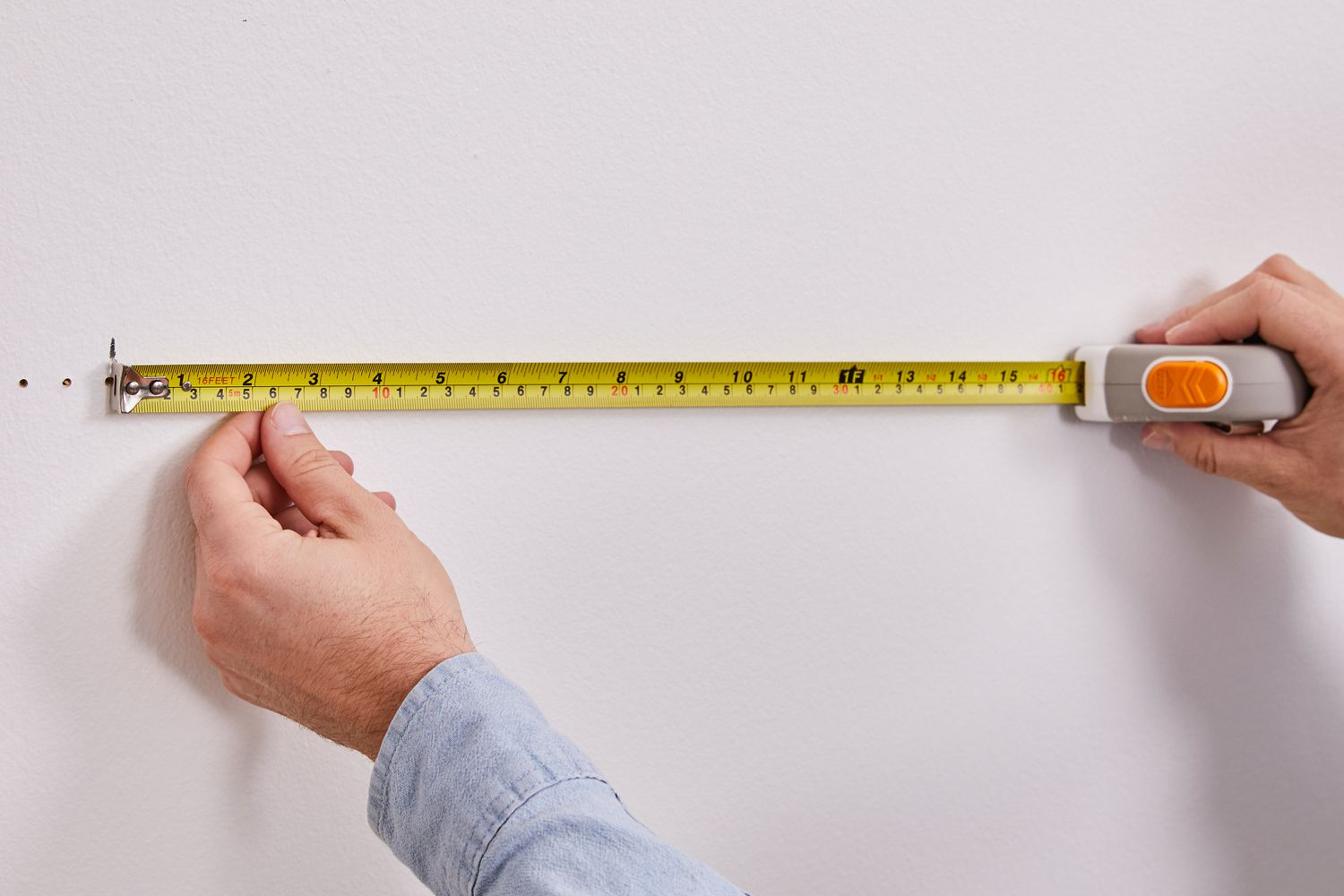
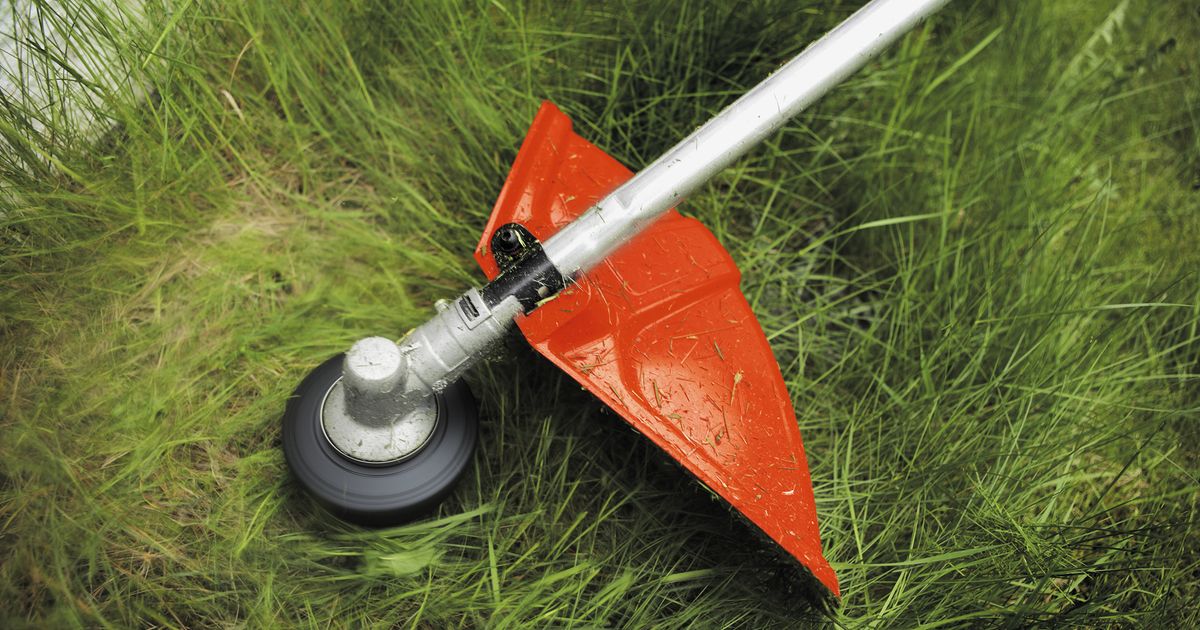
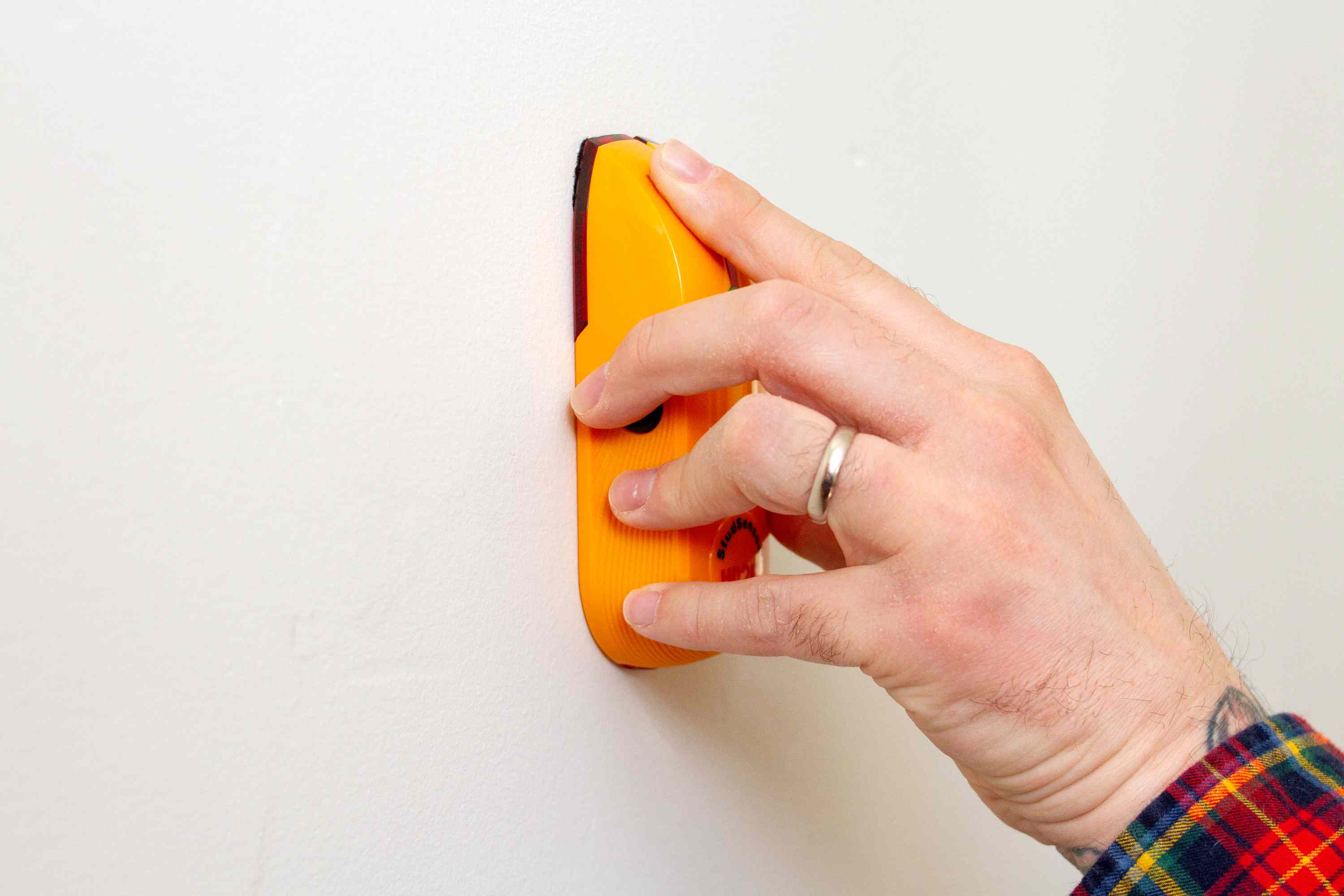

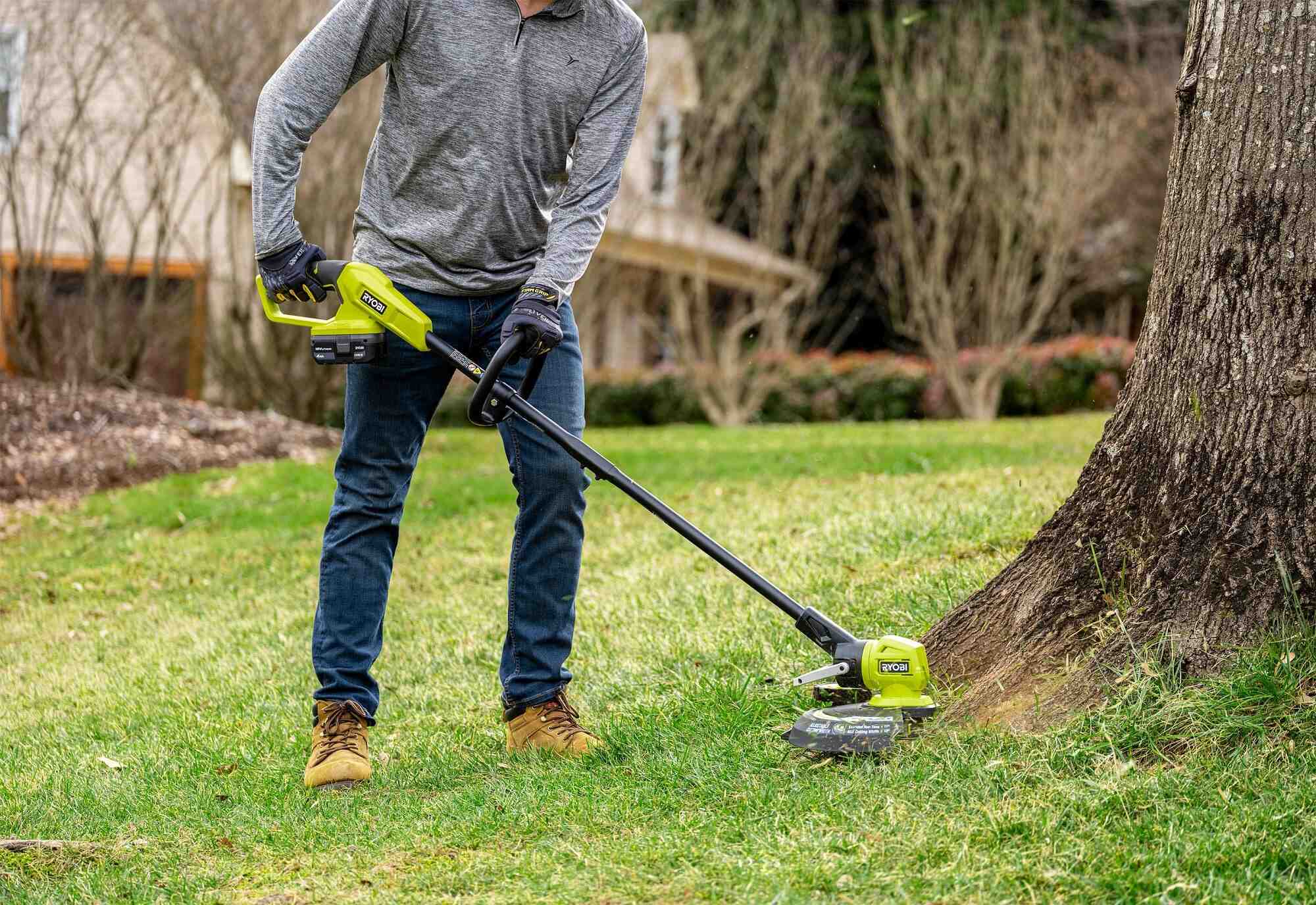

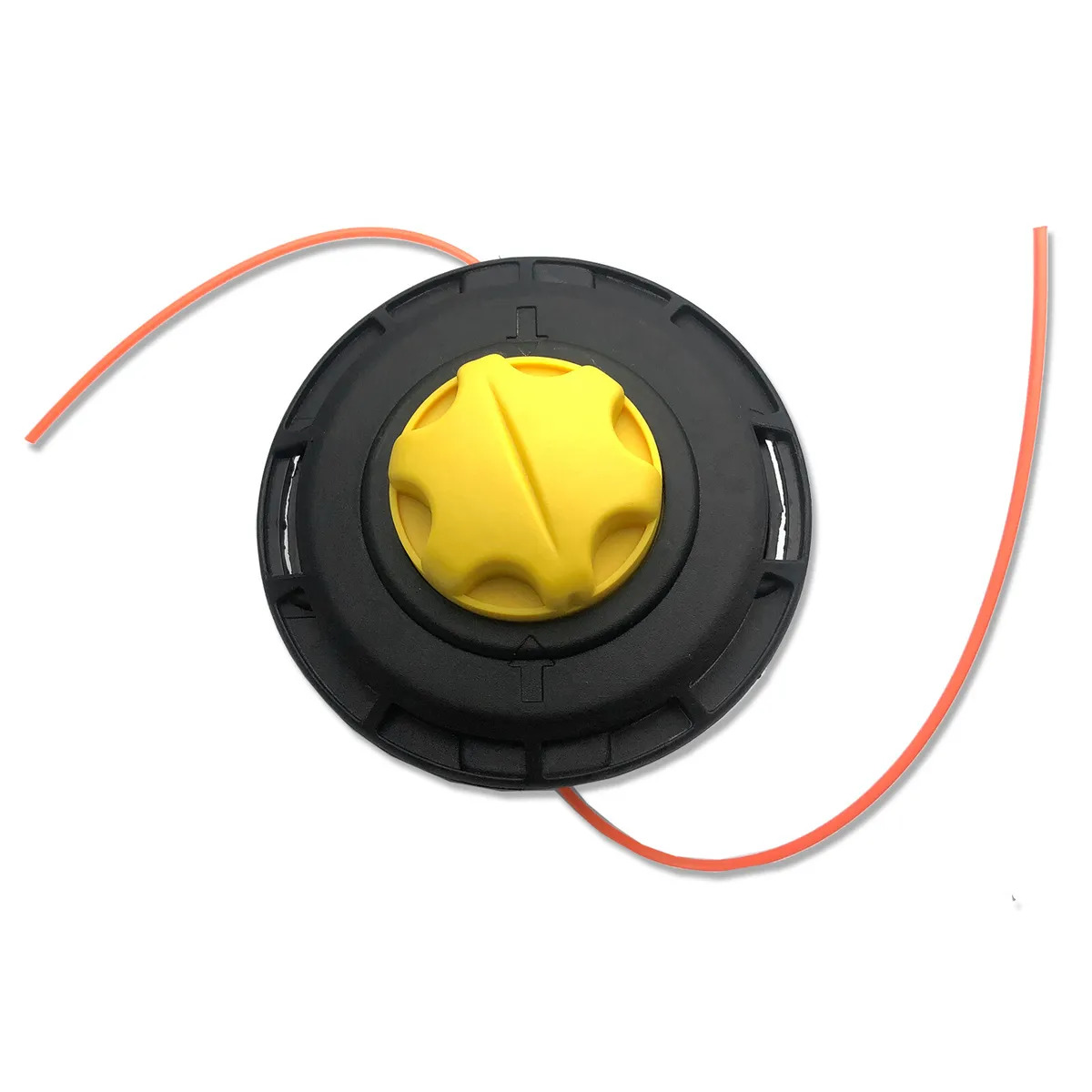
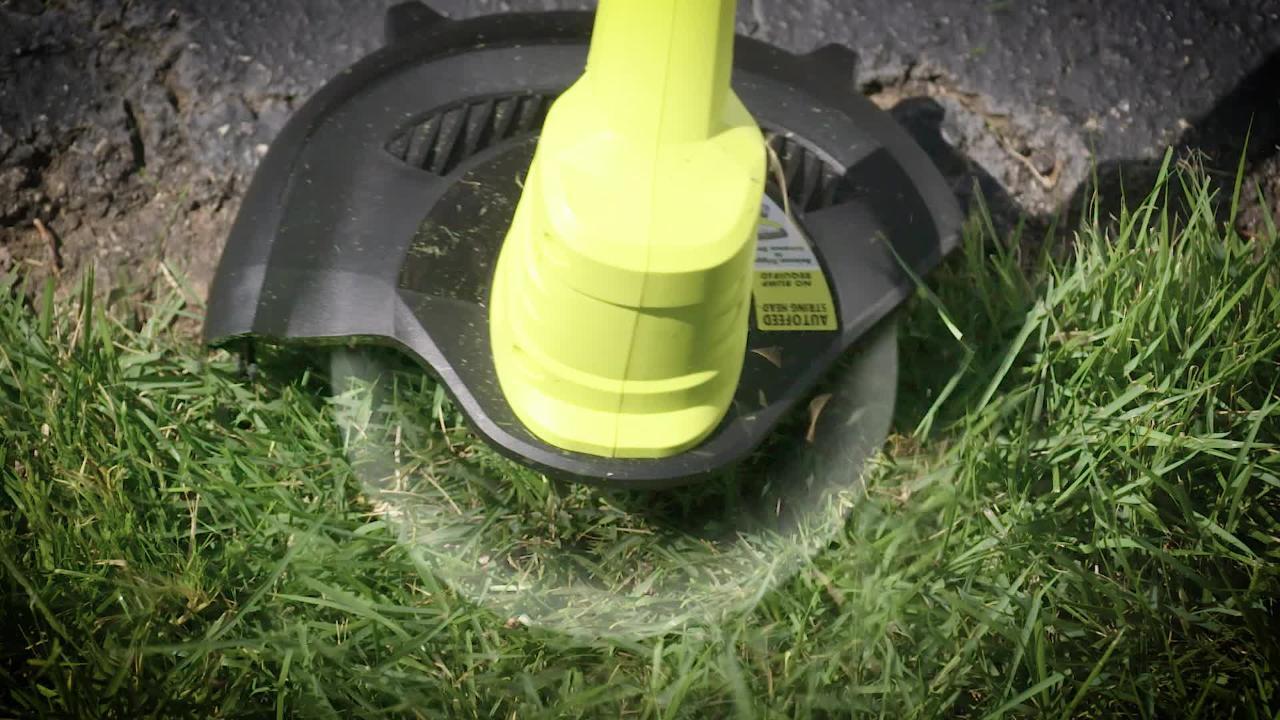
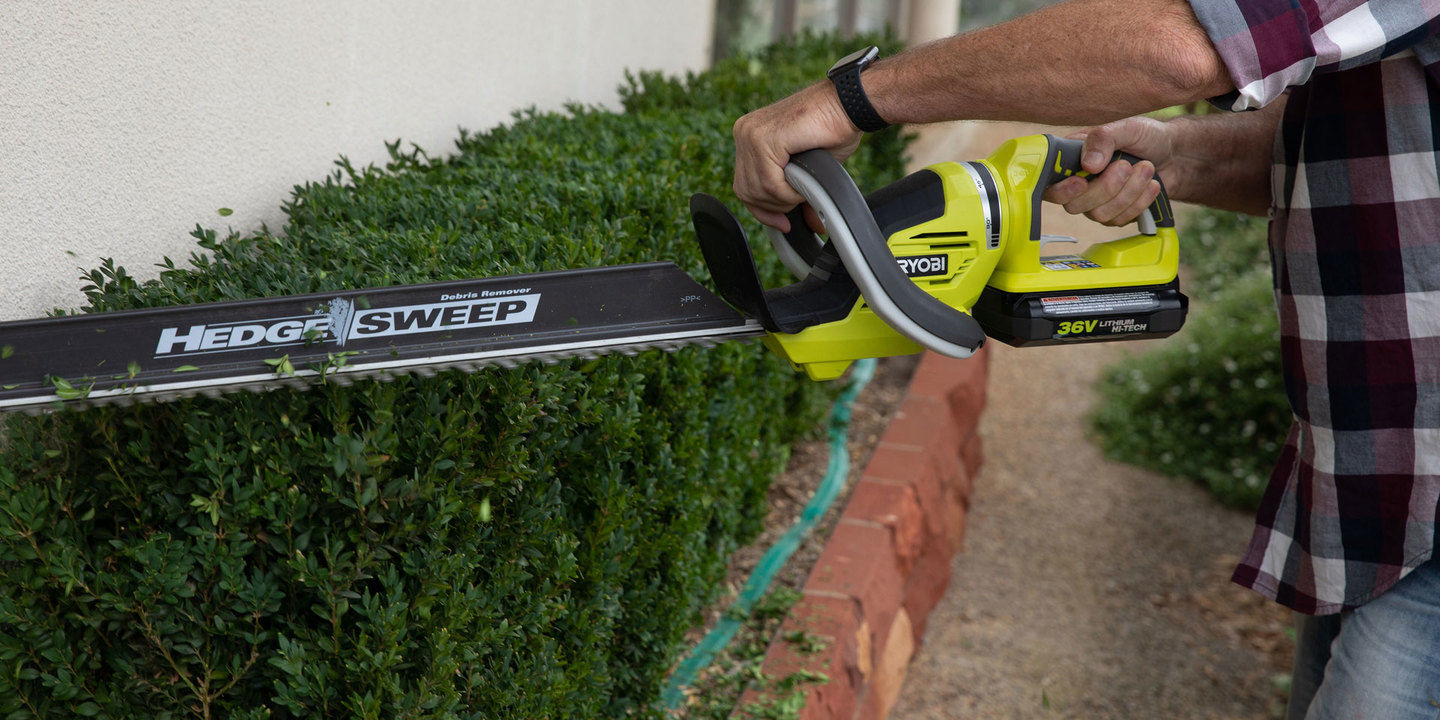
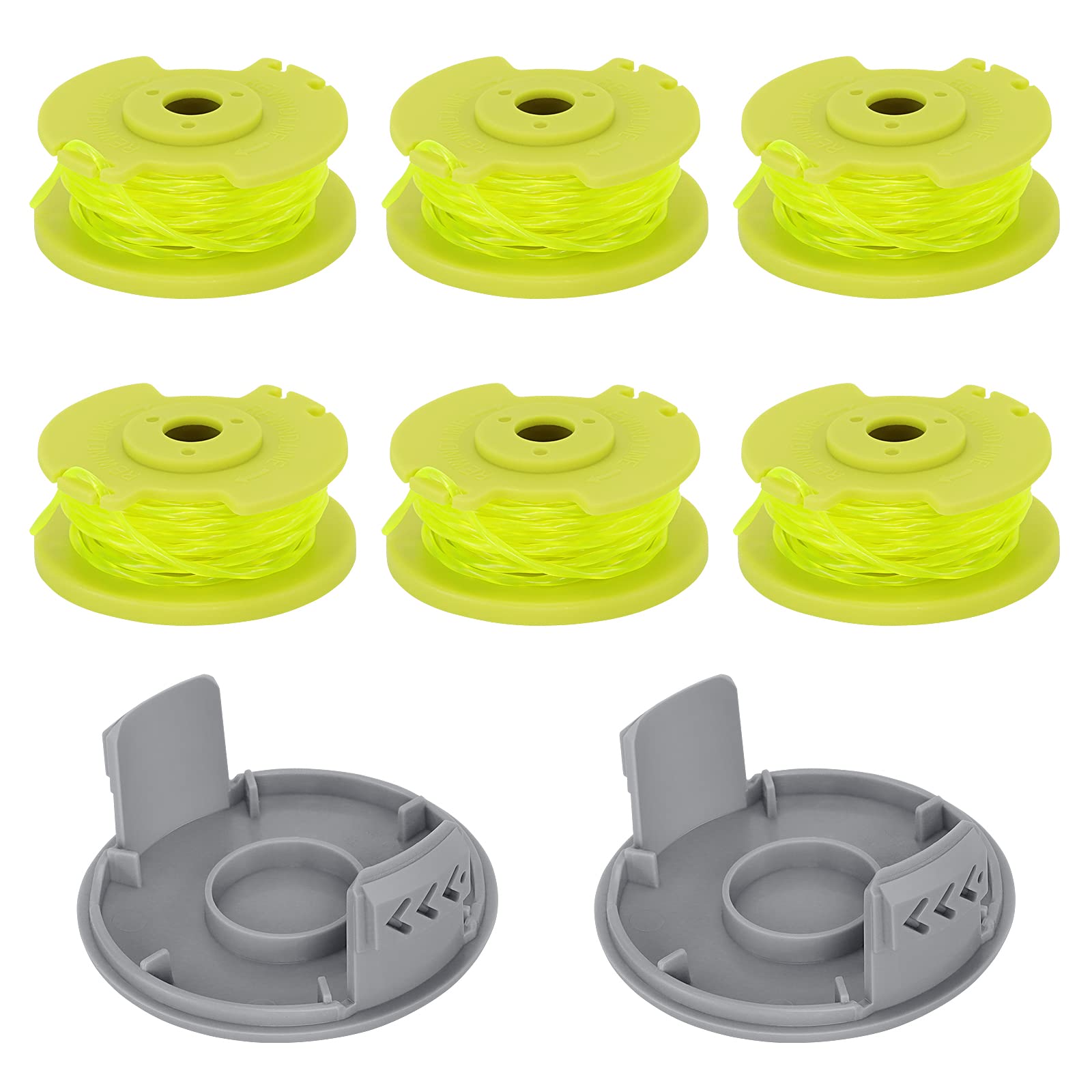
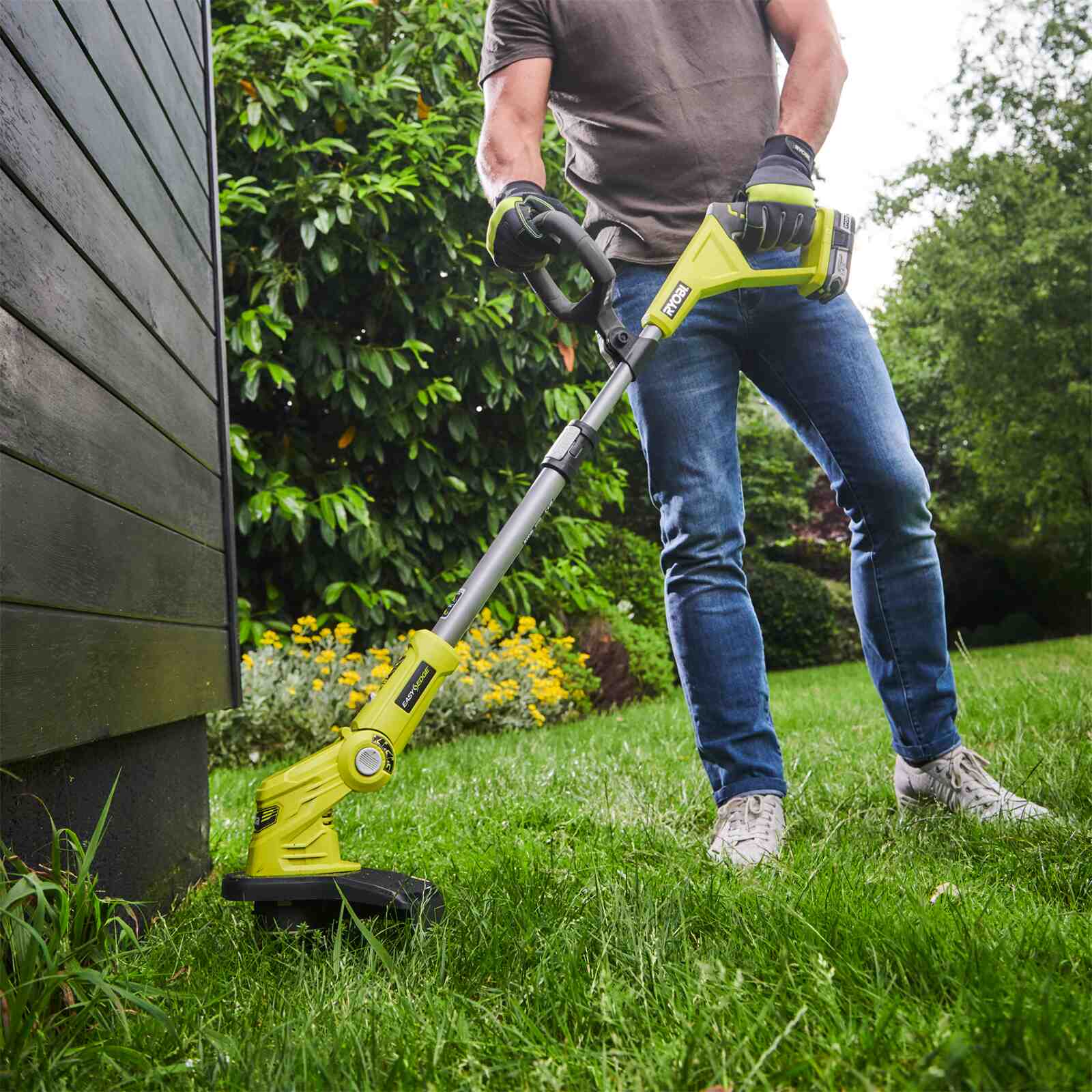
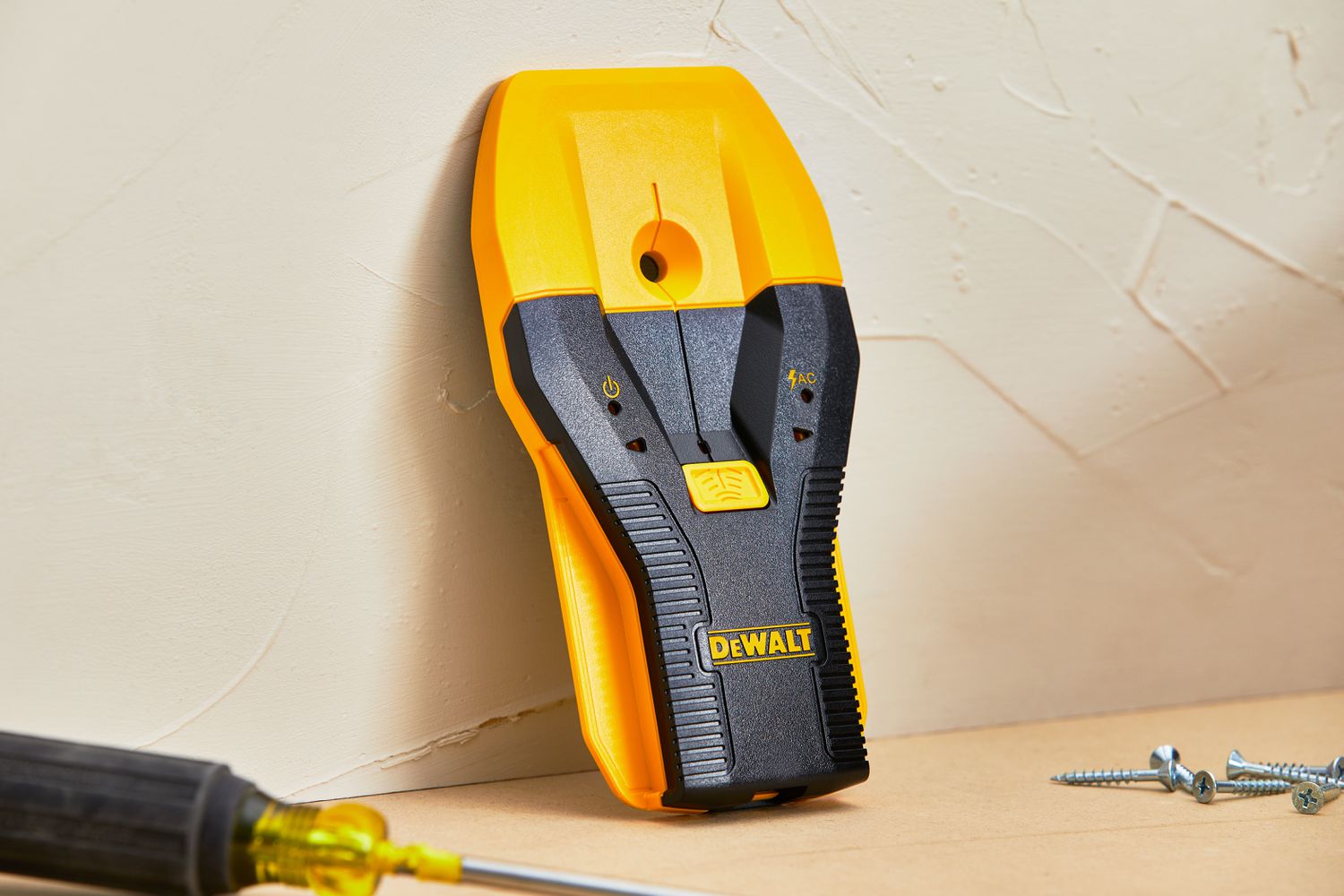

0 thoughts on “What Is A Trimmer Stud In Construction”